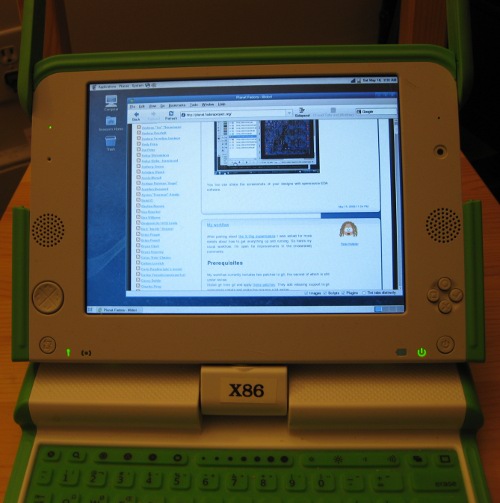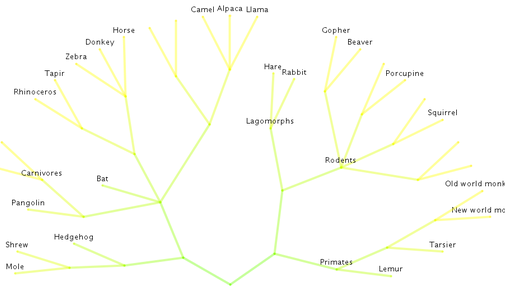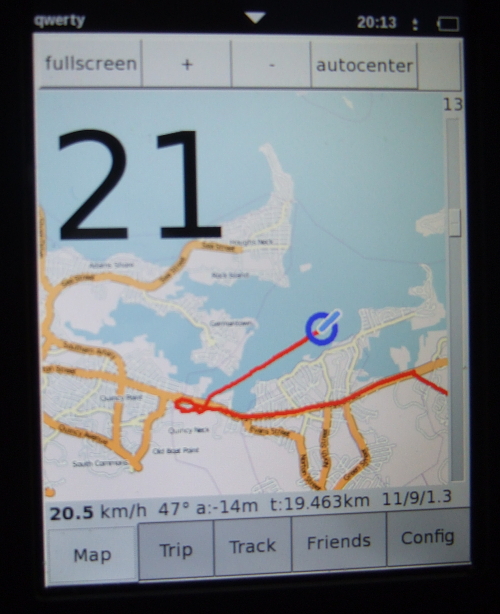About a month ago, Free Software Magazine published an article that looks into the reasons behind the dearth of women joining free software communities, and makes concrete suggestions about what to change to improve the situation. While I think the article was well-intentioned, I also think it was confused, and promotes recommendations that buy into many of the sexist stereotypes that we should be trying to combat. I haven’t noticed any negative responses to the article, so I decided I should write one.
It’s an odd situation for me to challenging another man’s writing as sexist. It can be hard for women to challenge sexism owing to accusations of overreaction, and on the other hand it can be hard for men to do the same owing to a perceived lack of standing in saying what’s offensive to women; I don’t have a defence for this, other than that I showed drafts of this post to a few women in technology and will invite more to leave comments with their own thoughts after I post. Here’s what I found objectionable about the article, going through some of its bullet point list of recommendations:
- Use forums instead of mailing lists
This suggestion doesn’t make sense to me. I agree with the author (and the many people who have said this before him) that women are turned off by an ultra-aggressive alpha geek style of conversation, but the solution isn’t to “use forums”, it’s to stop using and encouraging these destructive behaviors. We might retitle the suggestion to “When considering flaming someone, don’t.” If you need an example of how moving to a web forum doesn’t make the slightest bit of difference to how respectful a conversation is, consider the average comments in a Slashdot thread.
A point the author doesn’t make — but which I find compelling — is that it’s not just women who are turned off by aggressive conversation modes, it’s anyone who doesn’t want to take part in the alpha geek mentality. By making an environment that is more welcoming to women, we make an environment that is more welcoming to everyone except a loud subset that we’re currently optimizing for.
- Avatars create a face-to-face-like feeling that encourages “more human” behavior
Advocating avatars because they’re “more human”? Are we talking about women or children here? Women read more books than men. Women are perfectly capable of and comfortable with engaging in purely written communication, most likely moreso than men. This insinuation of a childish need for needing cartoons to create a “face-to-face-like feeling” seems extremely insulting.
- When possible, wikis instead of version control archives
I’d love it if I could find more solid reasoning behind this than “wikis are friendly and version control is complicated and women like friendly things and don’t know how to do complicated things so we should use a wiki for version control even though that doesn’t make any sense”, but I’m not seeing it in the article. Ugh.
- When possible, high level languages
Ditto. For example, the FLOSSPOLS report contains a study that compares the programming ability of men and women taking college programming courses. It finds that women perceived their programming ability to be far lower than men perceived their ability, yet programming examinations showed ability levels to be equal between men and women at the end of the course. The problem isn’t that women aren’t smart enough for low-level languages, it’s that we boast about how great we are at coding so much that we manage to convince women that they must not be as smart as us.
- Replace pecking-orders with affirmation processes (thank you’s)
“Women are more likely to want to discuss or seek approval for their changes, owing largely to confidence issues” is not a respectful thing to say. Who doesn’t have confidence issues when joining a new group of people and submitting their first proposal or patch? We’d do well to thank our volunteers better regardless of their gender.
Oh, wow, I just noticed the photo of the sewing machine:
“Programming, like sewing, is largely a “tacit” skill, which is best learned by doing and by watching others.”
Yes, because a comparison to sewing, which is apparently something the author thinks women seem to learn how to do really well, is totally appropriate. Good job. Full marks.
I think I just ran out of words. Please don’t listen to the recommendations in this document. It actually uses good sources, even while it draws insulting conclusions from them, and the sources are worth reading. If you had to choose one thing to read about the (very real) reasons behind there being fewer women in free software, I’d recommend the FLOSSPOLS report, which is a large-scale academic study of the reasons women don’t contribute more to free software projects, and is truly enlightening.
So, now that I’ve complained about the recommendations given, what would a replacement set of recommendations be? As well as the formal recommendations given in FLOSSPOLS, Val Henson’s HOWTO Encourage Women in Linux contains a perfectly good set of advice. Note that one of the recommendations is (3.13) “Don’t assume that all women like cooking, sewing, and babies”. Note that this article attempts to make learning how to participate in a free software project more like learning how to sew.





